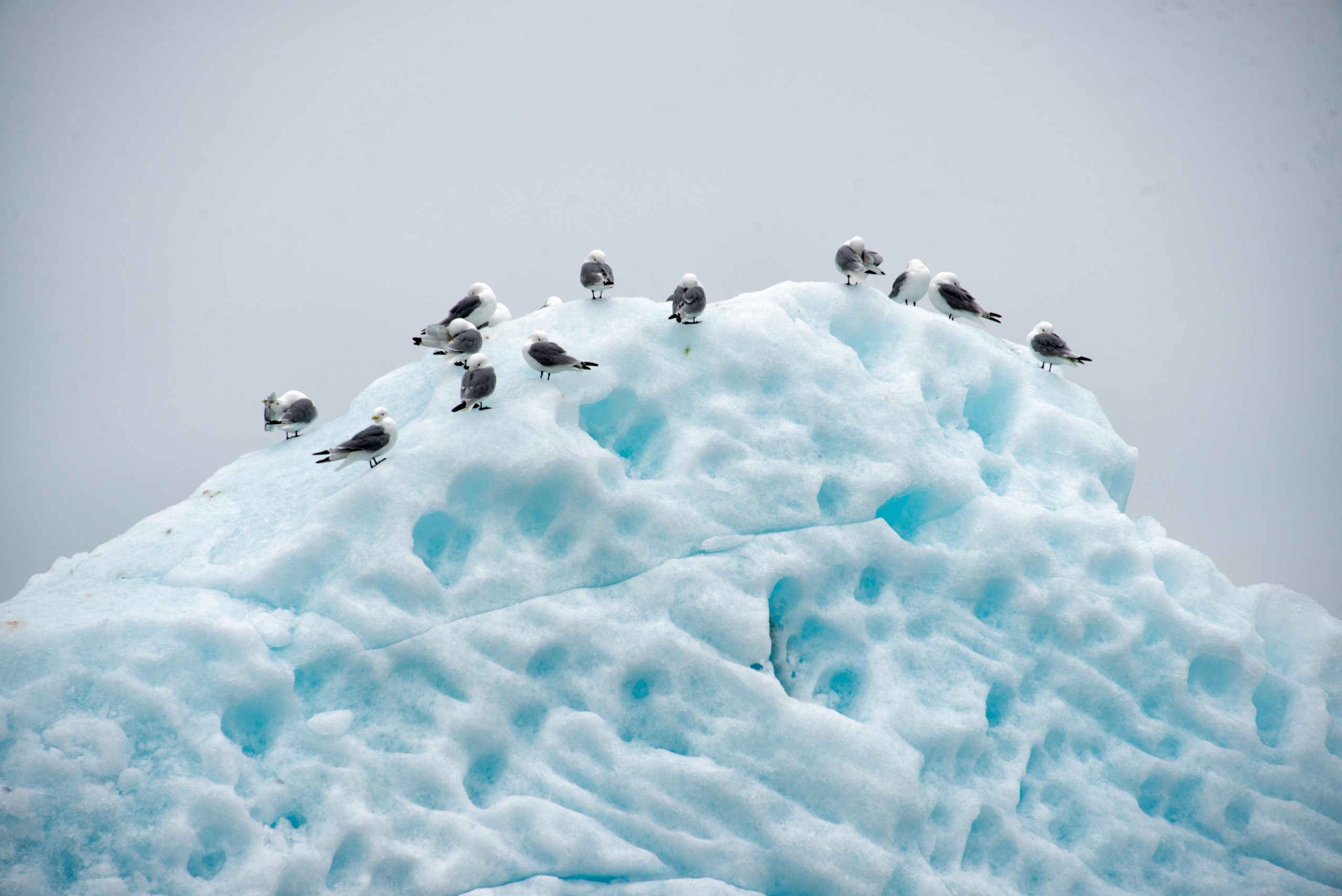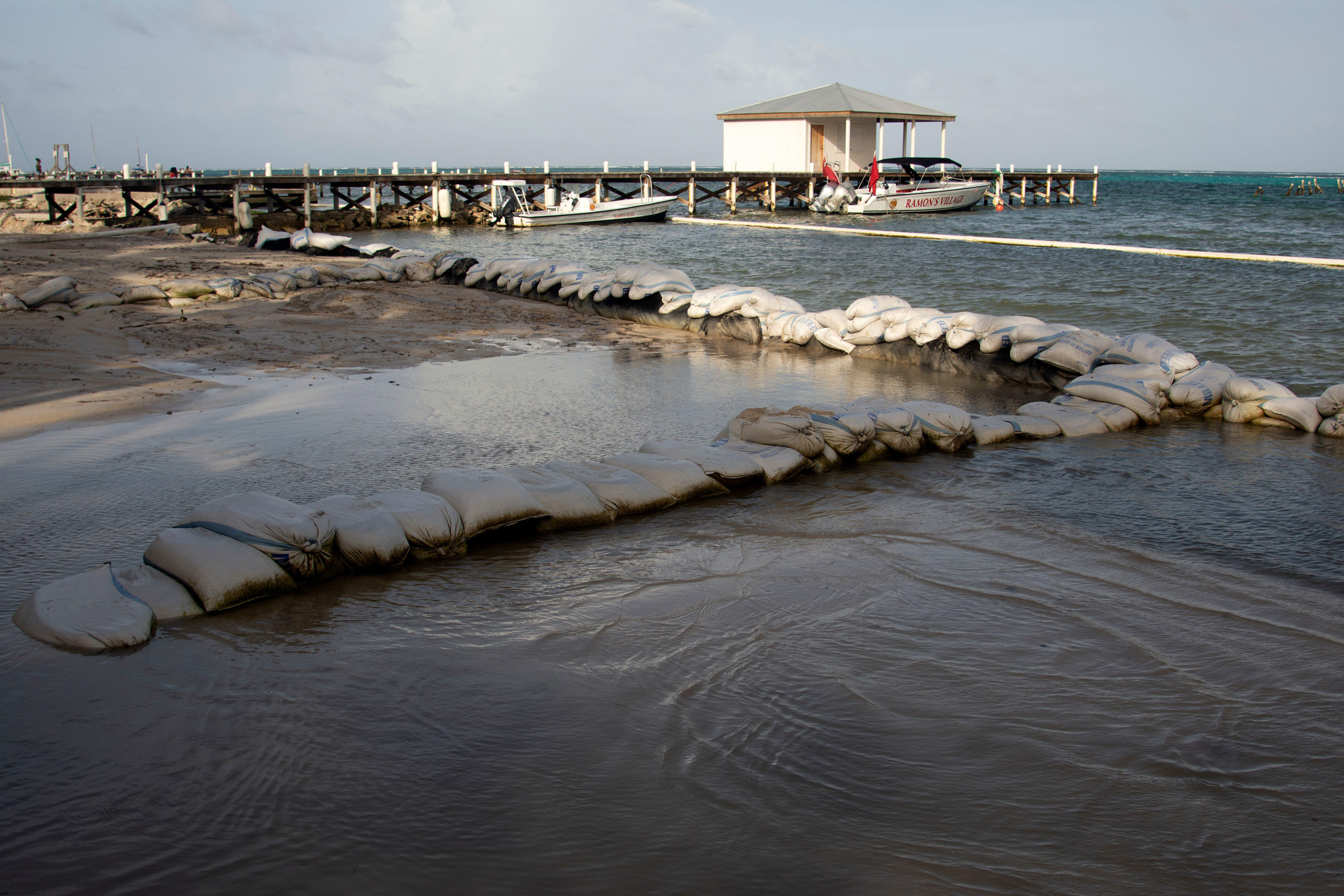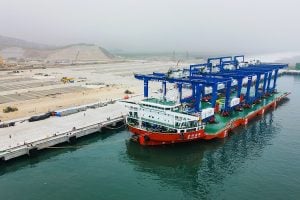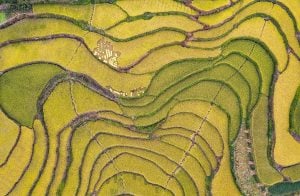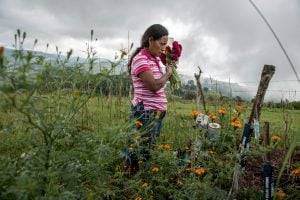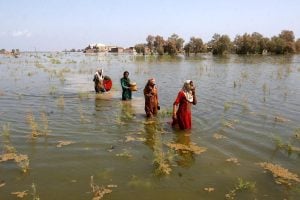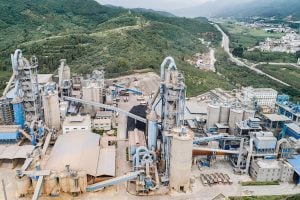In September 1846, the British expeditionary ships HMS Erebus and HMS Terror became stranded in the Canadian Arctic while navigating the Northwest Passage, a shipping corridor between Europe and Asia. Eventually frozen in on all sides, the crew hoped to break free of the ice the following summer, but it did not retreat one iota. Every crew member eventually perished.
One hundred and seventy years later, Crystal Cruises made history by sailing a large cruise liner through the Northwest Passage for the first time.
Arctic melting has become widespread and is intensifying every year. As stated by the Intergovernmental Panel on Climate Change (IPCC) in 2019, the extent of Arctic sea ice is steadily declining as the years pass by, with the most significant contractions (typically reached every September) unprecedented during the past 1,000 years at least. The glaciers of Greenland, the largest ice mass in the Northern Hemisphere, have lost a third of their volume since 1978.
So, why does the accelerated thaw of an inhospitable and distant place, where the night lasts six months, and to which most people will probably never go, matter?
The simplest answer is what happens in the north also affects the south. Climate change in the Arctic carries planetary risks.
Sea level rise and flooding
The melting of the glaciers in polar regions is threatening the fate of many coastal areas. According to Laura Larocca, an assistant professor at Arizona State University’s School of Ocean Futures, glacial melt in Greenland and Antarctica is behind approximately 21% of the sea level rise that has happened since the turn of the millennium.
By 2100, sea level rise is projected to have reached somewhere between 28 and 101 centimetres. The exact numbers will depend upon greenhouse gas emission reductions in the meantime. Some of the most significant sea level rises will be seen on the flattest coastal lands that abut the shallows of large bodies of water.
This will not only happen in the Global North, in countries such as the United States, but also in the Global South. Southeast Asian nations such as Thailand, Cambodia, Indonesia and the Philippines will be especially impacted, as well as countries throughout the Caribbean Basin, and in Bangladesh, South Asia.
Every signatory of the Paris Agreement acknowledged a collective target of reigning in the global average temperature rise to below 2C, compared to pre-industrial levels. If we miss this target, a 2018 study estimated that rising seas will cost the global economy USD 14 trillion in flood damages annually by the year 2100. This would primarily be due to the vulnerability of critical infrastructure, such as energy plants, water treatment facilities, underground communication cables, and transportation networks including ports and railways.
Ecosystem disruption
Marine species of the North Atlantic that are threatened by the warming of their habitats are risking a migration north in search of colder waters, towards the Arctic. This has two repercussions: competition for food and space with vulnerable species, and with organisms that have specially developed to exist in these areas; and the decline of fish stocks, an economic mainstay of countries including Iceland, Norway and Spain.
Destabilisation of ocean currents
The oceans absorb CO2 emitted by fossil fuel combustion. An influx of large amounts of freshwater from melting glaciers will lower the ocean’s salinity and destabilise ocean currents, which are vital for this CO2 absorption and for global climate regulation. This will in turn disrupt the CO2 cycle, increasing its concentration in the atmosphere and exacerbating global heating. In addition, low ocean salinity can slow down the Gulf Stream, which will disrupt Europe’s mild winters and the biodiversity of the Gulf of Mexico and North Atlantic.
But the havoc does not stop there. In addition, the Gulf Stream significantly influences weather conditions across the developing world. The slowdown would mean an upsurge in extreme weather events in South America, the Caribbean, India and West Africa. Floods or droughts in these regions put the food security and lives of hundreds of millions of people at risk.
Geopolitics of energy transition
Approximately 13% (90 billion barrels) of the world’s undiscovered conventional oil resources and 30% of its undiscovered conventional natural gas resources are estimated to lie beneath the Arctic tundra and ice. In addition, the Arctic holds critical minerals such as nickel, zinc and copper.
Although these resources remain inaccessible due to the extreme climate, they are located partly within Exclusive Economic Zones belonging to either the US, Canada, Norway, Russia or Denmark. The rest is located in an international zone spanning 2.8 million square kilometres (the Central Arctic Ocean). Governments adopted the High Seas Treaty last year to regulate this international zone, but it will not become law until it is ratified by at least 60 countries.
In the event of a thaw that liberates these resources, new geopolitical scenarios could emerge, with multiple repercussions. On the one hand, countries with sovereign access to these resources could come under political pressure to “refossilise” their economies, to the detriment of any decarbonisation strategies. On the other hand, non-Arctic powers such as China and India are seeking commercial alliances, especially with Greenland and Russia. They seek to exploit rare earths (metallic elements that are essential for many high-tech devices) and hydrocarbons off the coasts and Exclusive Economic Zones of these countries. A strategic conquest of newly released fossil fuels could shore up their own energy security.
A new scenario
The melting ice in the Arctic not only poses significant environmental risks. It will reshape the global geopolitical chessboard, triggering tensions over access to energy resources and strategic sea lanes. In this context, international cooperation and effective governance will be crucial in effectively managing the challenges and opportunities of a region at the epicentre of climate change.
If the countries of the Global South do not focus more attention on the North Pole, they will pay the price for the decisions and measures taken there.
